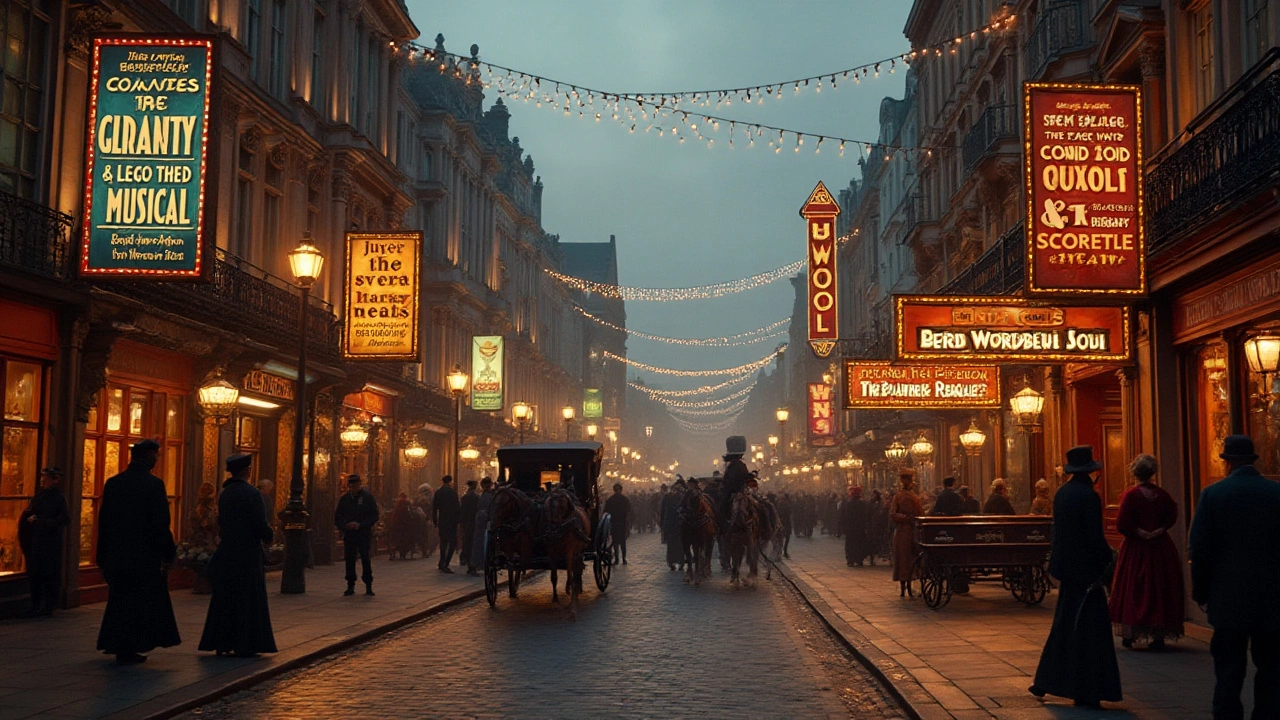Theater Origins: How the Stage Was Born
Ever wonder why we sit in dark rooms and watch actors tell stories? The answer goes back thousands of years to simple rituals, traveling troupes, and the first permanent playhouses. Understanding those beginnings helps you appreciate every curtain rise a little more.
Most scholars agree that the first "theater" was less a building and more a communal event. In ancient Greece, festivals honoring gods like Dionysus turned into full‑blown performances. Actors wore masks, sang, and danced in open air, turning myth into living drama. Those festivals set the template for plot, chorus, and audience participation.
From Streets to Stones: Early Playhouses
While Greeks performed outdoors, the Romans built the first stone theatres. The Theatre of Marcellus in Rome could hold 15,000 spectators and featured elaborate scenery. Romans borrowed Greek stories but added their own twists—political satire, slapstick, and even special effects like trap doors. This shift from temporary stages to permanent structures made theater a city attraction, not just a seasonal rite.
Across the world, similar developments happened. In India, Sanskrit drama blossomed in royal courts with texts like the Natya Shastra guiding everything from stage layout to acting techniques. In China, the Tang dynasty saw street performers evolve into organized opera troupes, complete with painted faces and stylized movement. These parallel histories show that the urge to act out stories is a universal human trait.
Why Knowing the Past Helps Modern Creators
If you’re an artist, director, or even a theater‑going fan, knowing where the craft started can spark fresh ideas. For example, the ancient Greek use of masks taught us the power of silhouette and exaggeration—tools still useful for modern productions that want to convey clear emotions quickly.
Similarly, Roman stage machinery reminds us that tech tricks have always been part of the game. From simple pulleys to today’s digital projections, the goal stays the same: surprise the audience and make the story feel alive. When you understand that, you can borrow, remix, or totally reinvent those old tricks.
Even the way early playwrights structured their stories matters. Aristotle’s three‑act format—setup, confrontation, resolution—still underpins most scripts. Knowing it came from ancient debates about drama helps you see why the pattern works and when you might break it.
So, what can you do right now? Try a quick experiment: write a short scene using only a mask and a single prop, like an ancient Greek chorus. Or stage a tiny performance in a public square, echoing the street troupes of medieval Europe. These hands‑on steps connect you directly to theater’s ancestors.
Theater isn’t just a modern industry; it’s a living chain of ideas passed down for centuries. By digging into its origins, you gain a toolbox of techniques, a sense of respect for the craft, and plenty of inspiration for your own projects.
Ready to explore more? Check out our articles on related topics like "Most Modern Art Styles" or "Abstract Painting" for fresh angles on creativity. The stage may have started in ancient forums, but its story is still being written—by you.

25 Nov 2024
Musicals have long enchanted audiences worldwide, with their unique blend of song, dance, and storytelling. But where did this beloved form of entertainment begin? Delving into the past reveals intriguing stories and challenges that shaped these productions. By exploring the early stages of musical theater, one discovers how historical contexts influenced what we recognize today as musicals.
Continue reading...
